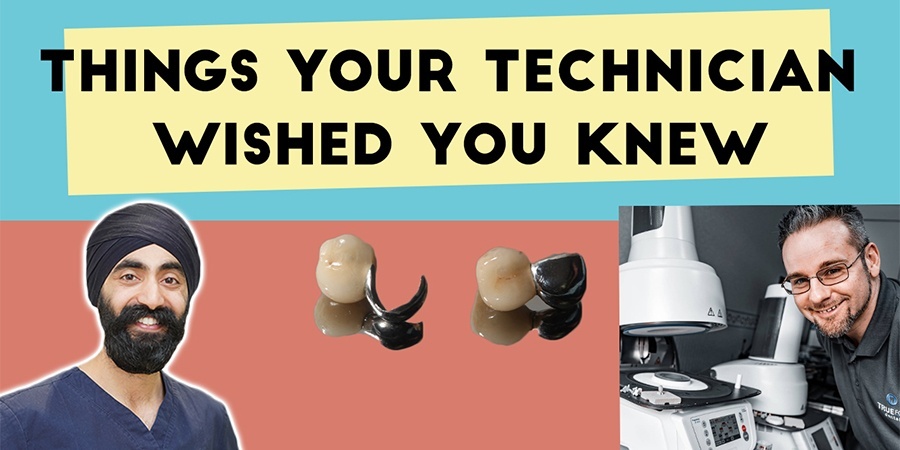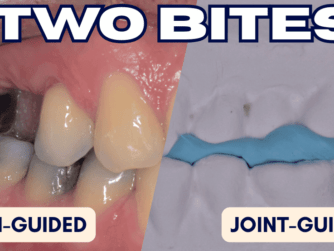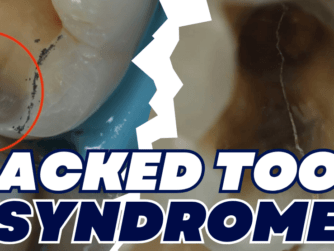Podcast: Play in new window | Download (Duration: 40:19 — 57.8MB)
Subscribe: RSS
‘An average Dentist working with an excellent Technician can go very far’, was the message my old training program director gave me. Technicians are often the unsung heroes whilst the Dentists collect all the praise and accolades. Who do we blame when things go wrong? Our technician, of course! Not fair at all – this is why I welcomed RDT Graham Entwhistle of Trueform Dental Laboratory to air his frustrations at Dentists – you will pick up some great tips here to improve your working relationship with your dental technician!
Protrusive Dental Pearl: Use websites like Loom or even Whatsapp to communicate with video and voice with your technician. Great, clear communication will ensure expectations are met for both parties.
SPOILER – the 5 things that Technicians wished we Dentists knew:
- Dentists need to improve their communication! Back to basics – if you want better work, you have to fill a better prescription form. Even just the lack of basic info drives technicians mad! We also discussed about Ivoclar Ingots for your ceramic
- Make sure your tooth preparation is appropriate for your material selection! Decide the material BEFORE you prep the tooth!
- Your impressions need to be clearer please! Do you always check for distortions, drags or voids? Could you consider trying Impregum?
- Shade guides – they can vary and can discolour over time. It’s important to ensure the shade guide matches your technician’s and the materials they use. Acrylic shade guides will discolour over time! We share some shade taking advice for Dentists
- Do you etch your own ceramic? If not, why not? Take control of your bonding, consider etching yourself to prevent ceramic over-etching. You can’t hold your technician accountable for your bond strength!
Check our Graham’s work on Instagram!
If you liked this episode, you will also enjoy the classic with Jason Smithson on eMax Onlays and Vertical preps!








[…] If you enjoyed this episode, you may also like another episode with Graham Entwistle: 5 Things your Technician Wished You Knew […]